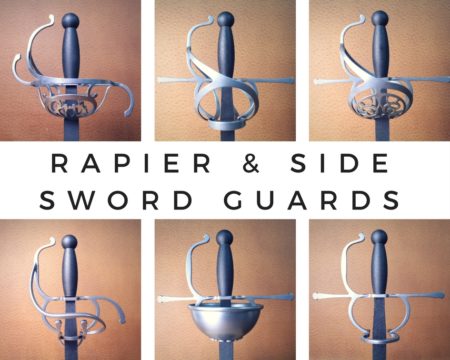Description
True Neapolitan Fencing by Nicola Terracusa e Ventura
Translated by Christopher A. Holzman
True Neapolitan Fencing, by Nicola Terracusa e Ventura, was originally published in 1725. While the French and northern Europeans were moving to the small sword, the Italians, particularly in the south, were still using longer blades capable of cutting, and also using secondary weapons. This is one of the few 18th century Italian language fencing books, and covers the use of the sword, as well as sword and dagger, sword a buckler, sword and rotella, and sword and cape. Terracusa e Ventura was part of the Neapolitan & Sicilian school of fencing, and his work bears many similarities to other works in the school, like those of Maestri Marcelli, Mattei, Villardita and Pallavicini. The translator has added additional new front matter, footnotes and a few images from other Neapolitan & Sicilian works to help explain and illustrate the author’s occasionally complex writing.
“True Neapolitan Fencing, by Nicola Terracusa e Ventura, provides a rare insight into the fencing of the Italian peninsula during the eighteenth century. While there were many French language fencing books published in the 1700s, there were very few Italian ones. As the French were moving to the smallsword and abandoning both cutting and secondary weapons, the Italians, particularly Neapolitans and Sicilians, continued using longer blades with cutting capability, as well as a variety of secondary weapons.”
Christopher A. Holzman was a student of the late Maestro Ted Hootman, who was a student of Maestro Giogio Santelli. Santelli’s father and fencing master, Italo Santelli, was a graduate of the Scuola Magistrale under Maestri Parise, Pecoraro, and Pessina. Mr Holzman was certified as a fencing instructor by the USFCA in 1997, He holds a B.A. in Latin from Wichita State University, a J.D. from Washburn University, and is a practicing attorney in Whichita, Kansas.










Reviews
There are no reviews yet.